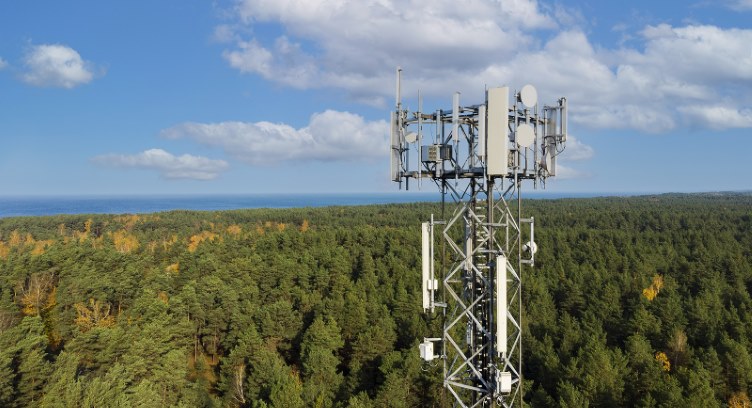People living, working, and visiting rural communities across the UK are benefiting from enhanced mobile connectivity after EE completed its widespread 4G coverage upgrades under the first phase of the Shared Rural Network (SRN) ₁ six months ahead of schedule.
The SRN is a £1 billion partnership between the UK’s four mobile network operators and the UK government to extend reliable and fast 4G mobile connectivity to rural areas that need it most.
To deliver the first phase of the programme, all operators committed to upgrade or build mobile infrastructure and extend the reach of their 4G networks to eliminate partial not-spots – areas which receive coverage from at least one operator, but not all.
The Ofcom deadline for all the operators to meet their individual SRN coverage targets for partial not-spot areas is June 2024.
Careful planning and prioritised investment have meant EE has expanded its 4G network – already the largest in the country – to over 1,600 more countryside communities across every region of the UK, exceeding its SRN targets in advance of the deadline.
The second phase of the SRN, publicly funded by the UK Government, is due to be completed in 2027 and will develop new-shared masts to bring 4G connectivity to areas with no existing mobile service.
EE’s mobile network remains the most reliable in the UK and now provides mobile coverage and internet access to 99% of the population and 88% of the UK’s entire landmass. ₂ Following its SRN upgrades, EE’s 4G geographic coverage in each individual nation now stands at: England (94%), Northern Ireland (89%), Scotland (77%), and Wales (86%).
Having signed up to its SRN commitments in March 2020, the extensive upgrades delivered under the programme have, in part, enabled EE to expand 4G connectivity for its customers across the UK by a further 10,000 square kilometres over the last five years. This equates to a size 26 times greater than the Isle of Wight.
To balance the desire for enhanced mobile connectivity in remote areas with the need to respect the natural landscape, EE has taken steps to situate its sleek mobile masts in non-intrusive locations while providing maximum benefit to the places where people live, work, and travel.
These widespread 4G upgrades come at an important time for countryside communities as the UK’s mobile providers have begun retiring older 3G – and later 2G – networks. 4G connectivity offers rural communities the biggest and most reliable network of any current mobile technology in the UK.
Greg McCall, Chief Networks Officer,
Today is another major milestone in our ongoing work to help close the UK’s digital divide. From farmers in Northern Ireland and local businesses in the Scottish Highlands, to tourists in the Lake District or Eryri National Park, EE is delivering the reliable mobile connectivity Britain’s rural communities need. Even though we have met our Shared Rural Network commitments months ahead of time, we will continue to focus on enhancing mobile connectivity in areas without any existing coverage to ensure everyone - residents, tourists, local businesses and the emergency services - have the connectivity they need to thrive in the years ahead.






















